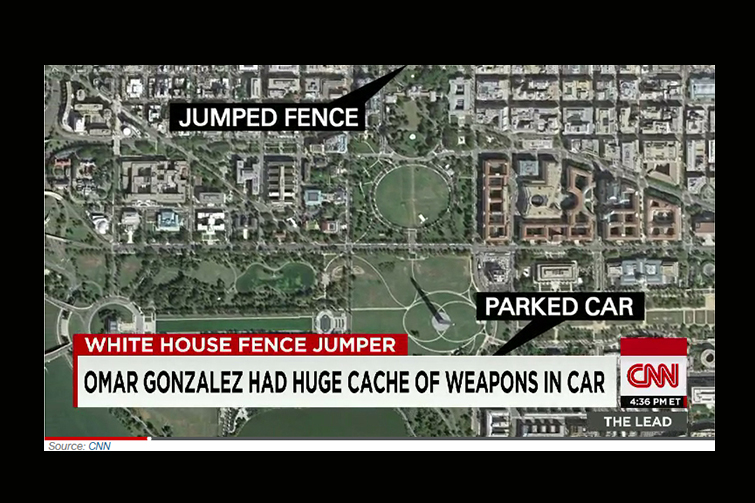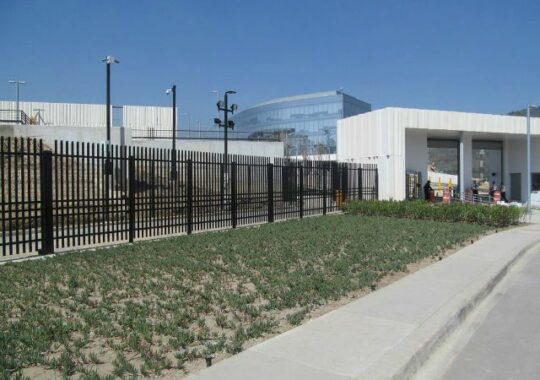We live in a world in which technology surrounds us, and all its related conveniences are at our fingertips. Smart phones, tablets, and other devices have simplified the way we do things, taking away the need for assistance and support in many areas of our lives. People have come to realize that they can do a great many things on their own, and do not need to reach out to subject matter experts to complete tasks. When it comes to physical security, there is unfortunately a similar mindset in the Architectural & Engineering community.
With regards to physical security, regardless of the vertical market, there are many that might undervalue the role of a security consultant because of the “do it yourself” approach. In small residential settings, it might make perfect sense to have a security integrator complete a design-build system for your home, or small local office. However, when you move into larger projects, the intrinsic value in having a security professional on your design team is paramount.
Providing protection that works for your project
Security consulting is much more than just placing cameras and access control on floor plans. While it is true that anyone can complete that task, there are more in-depth processes in place than meet the eye. When approaching a physical security design, it’s important to know the area in which you are building or renovating. There are certain risks and threats that might need to be mitigated via a robust security design, that would be identified through a thorough security risk assessment (SRA).
When beginning a new project, especially as part of the design team to the architect, aesthetics and programming are of the utmost importance. No architect will want large, surface mounted cameras hanging off their decorative soffit on their unique and detailed design. A security consultant, if brought into the design process early on, can begin to influence design to meet security needs without necessarily using only security devices.
One concept that champions this is Crime Prevention Through Environmental Design (CPTED). CPTED is a methodology that a security consultant uses to mitigate risks/threats using non-traditional methods. “Crime prevention need not amount to building isolated walled and fenced communities. On the contrary, the same design techniques that make communities more attractive and more neighborly can also prevent crime” (Crowe & Fennelly, 2013, p. 22).” Natural barriers, natural elevations that promote surveillance through intuitive landscaping and site design, and removing possible areas in which concealment could be achieved are just some of the options that can be explored to mitigate risks/threats to the facility(s).
Balance the physical, operational, and technical while maintaining high design standards
Security consultants can also assist in space planning, to influence the flow of movement throughout the space(s), using intuitive design coupled with security devices, to create access control points and zones with differing levels of accessibility. Smart placement of cameras versus simply blanketing a canvas with camera symbols can not only reduce cost, but will also have a significantly lower impact to the aesthetics of the space(s).
Keep abreast of all changes and updates in camera technologies, giving them the opportunity to place devices that are more discreet, with smaller footprints, and even with custom color/finishes in order to blend more seamlessly into the desired architectural feel of the space. After all, an architect designs a space not only for the look of the building, but the entire immersive experience each person has when entering the space.
Provide objective, product agnostic support to the design team/client. The main purpose of the security consultant is to provide an intelligent, robust security design that meets the expressed needs of the client, while doing so within the budget that is allotted. Being objective and product agnostic allows the security consultant to have the broadest approach to the great spectrum of security devices, products, and software available in the market today.
Having a professional security consultant your on project team can very well be your ace in the hole.
>>Sign up for our Security & Design AIA CES Course. Search course #SMW021.
Reference:
Crowe, T. D., & Fennelly, L. J. (2013). Crime prevention through environmental design (Vol. 2). Waltham, MA: Butterworth-Heinemann.




